Dry lining insulation is one of the best methods to insulate a home as the new thermally lined plasterboards (plasterboards with the rigid insulation built onto it) stop heat from escaping from the air within the home.
Normally within a home when you turn on the heat the heat warms up the ceilings and walls plasterboards this heat is then taken away from plasterboard by air movement with the dry lining system and ceilings. Usually clients can feel cold air coming through sockets and under skirting boards. All this air moving in the dry lining system takes heat from the plasterboards which then take from the room within the home. Have you ever been in a home that is colder in the inside than outside the home? This is the reason – conduction and convection. The heat is conducted through the buildings fabric and into the air movement and taken away. When the heat is taken away this colder air will then move to the bottom of the home, as it is colder and heavier.
When you are installing a new dry lining system onto your walls it is a great opportunity to get the home performing really well. We should pick the correct size thermal board they come in a lot of different sizes from 20mm up to 140mm+. Bigger does mean better and guarantees your performance which in turn will save you more money going forward.
The big secret that nobody seems to be know about when building dry lining systems is that this air movement in dry lining is the biggest reason why houses are cold (if there is a dry lining system present). The cold air gets in at the section where the walls meet the ceilings upstairs and around the windows also, where the joists are built into cavity walls. This air from the attic will travel right down the wall taking heat away and then move into the floor joists and ceilings downstairs all the time taking heat away. Some homes can be really bad performers and this is why air moving behind the walls in the dry lining system and ceiling.
When the thermally lined plaster board is installed onto the wall it should be sealed with bonding compound or expanding foam this little detail will ensure that air is not moving and will offer us further comfort.
Before we commence a dry lining project there is a number of factors we must consider. The sizes of the new thermally lined plaster boards and their surroundings along with window cills elctrics and the heating system. When these factors are all considered and identified it ensures a perfectly finished home.
The SEAI GRANTS for dry lining are very good and considerable. There is also the HRI insulation grant where you receive all the vat back on the works on your property. You can view our grants page to see what grant is applicable to your home.
If your property is not performing or elements of it are uncomfortable the best step for you to take is to get a home survey from somebody who will give you the right advice as to which steps should be taken. We are Building Energy Rating assessors and are required to give advice with respect to cost and impact as to which measures are best suited to a home. The big advantage we have is that we know the cost of all measures as we have all the machinery, and also the impact as we have the experience as both insulation & airtightness contractors and performed as building contractors for years. Let us survey your home for you and let you know which steps are best to take.
Dry lining thermally lined plaster boards are made by a a number of manufacturers in Ireland: Xthrathem, Ballytherm, Kingspan and U Value.
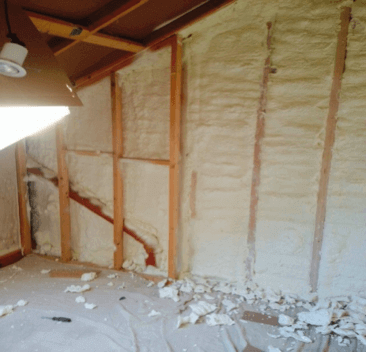
Completely stop air movement in dry ling systems with the right insulation.
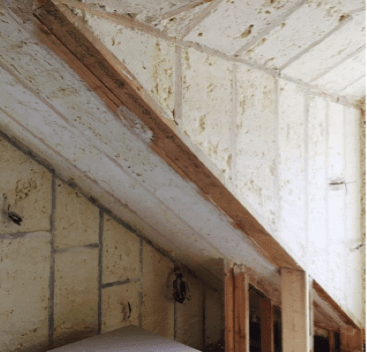
When the works are done properly the property is unbelievably warm and easy to heat
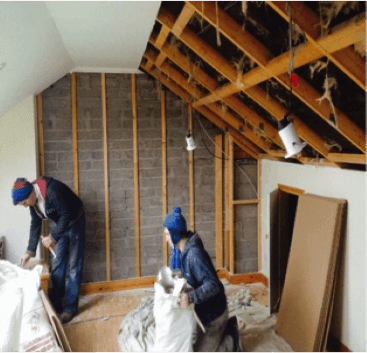
Here you can see where the air was entering from roof traveling along the timbers down towards the walls and joists within the home cooling it down quickly.
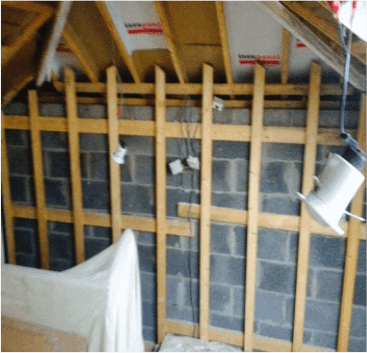
The insulation in most dry lining systems is not performing and this is why the property is cooling down fast.
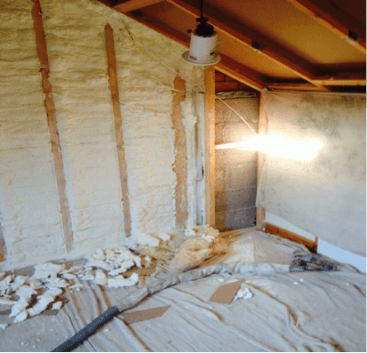
Here you can see the wall spray foamed and ready to be smoothed off. Air will not be able to pass through the dry lining insulation.
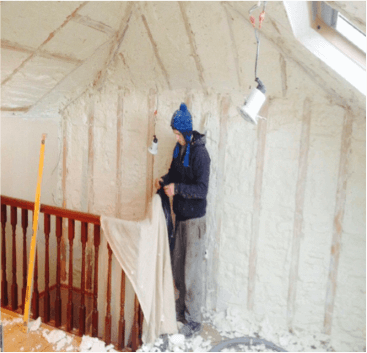
The walls have been fully sprayed along with the ceiling and its spacer card. The air movement is contained in the ventilation gap. The client instantly felt the difference before we dry lined the walls with thermally lined plaster boards.

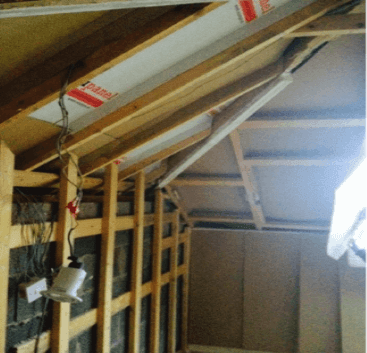
It's very easy to see where the air is getting into the dry lining system where the roof meets walls and then moves with ease.
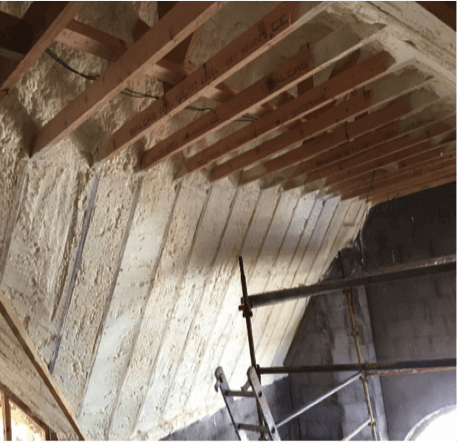
It’s a lot easier to get it right when starting afresh. Spray foams with high-density stop air better.
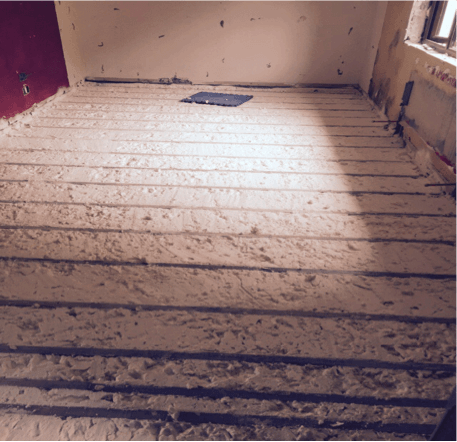
It’s a lot easier to get it right when starting afresh. Spray foams with high-density stop air better.







